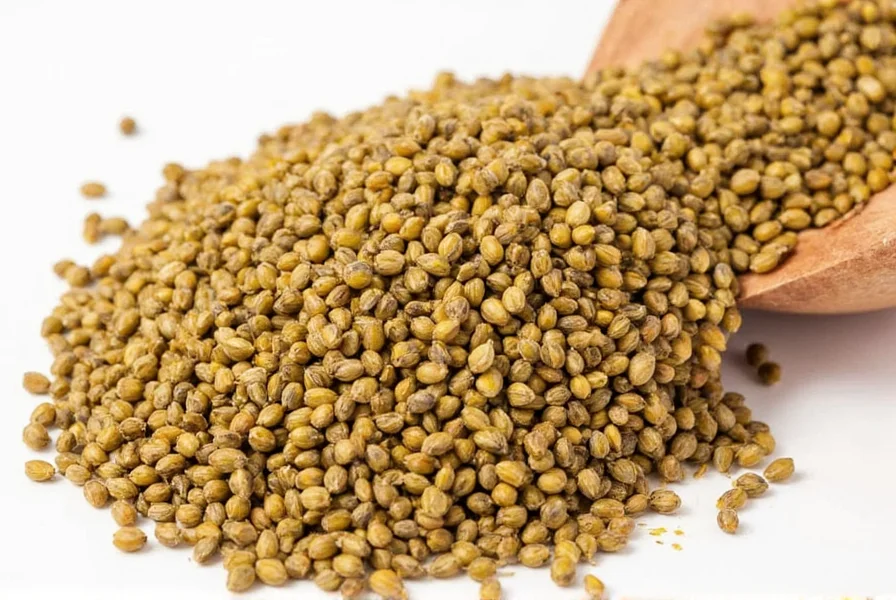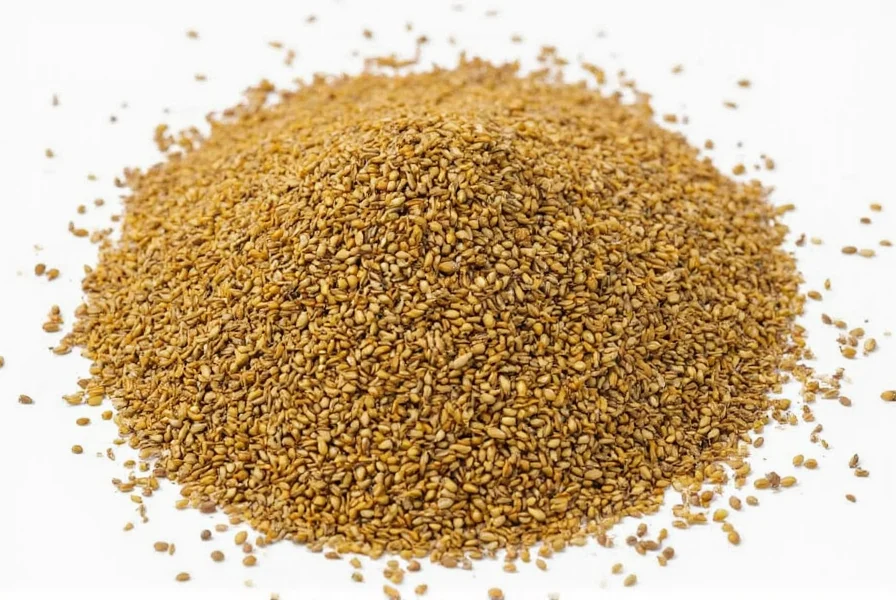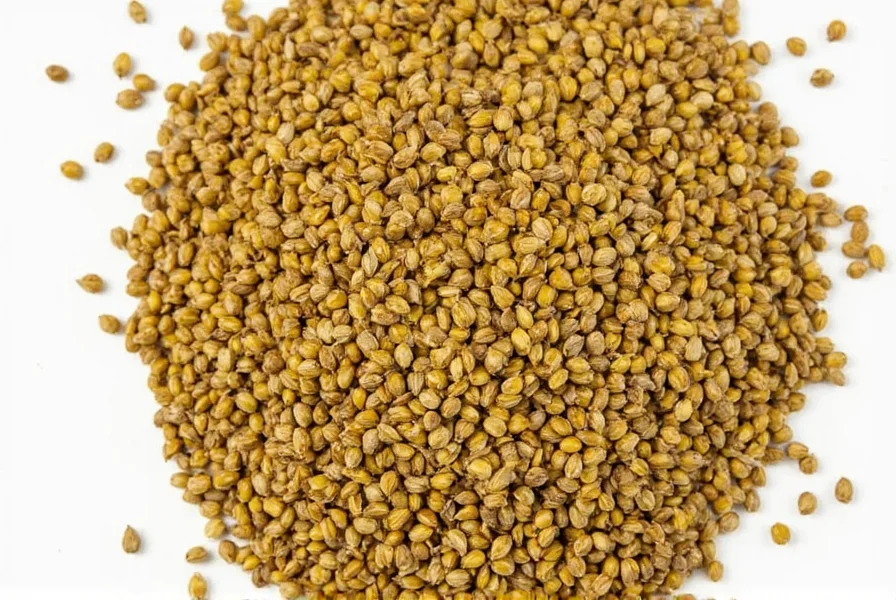Understanding Mustard Seeds: Nature's Flavorful Powerhouse
Mustard seeds represent one of the world's oldest spice crops, with archaeological evidence dating their use back to prehistoric times. These tiny seeds, measuring only 1-2 millimeters in diameter, pack an extraordinary flavor profile and nutritional punch that has made them indispensable in kitchens and apothecaries across civilizations. When intact, mustard seeds have a relatively mild aroma, but once crushed or chewed, enzymes activate to create that distinctive pungent heat we associate with mustard.
Three Main Types of Mustard Seeds
Not all mustard seeds are created equal. The three primary varieties differ significantly in flavor intensity, color, and culinary applications. Understanding these differences is essential for proper usage in cooking and understanding black mustard seeds vs yellow mustard seeds applications.
| Type | Color | Flavor Profile | Common Uses | Scientific Name |
|---|---|---|---|---|
| Yellow | Pale yellow | Mildest, slightly tangy | Classic American mustard, pickling, salad dressings | Sinapis alba |
| Brown | Brown to reddish-brown | Moderately hot, complex | Dijon mustard, Indian curries, spice blends | Brassica juncea |
| Black | Dark brown to black | Most pungent, intensely spicy | Traditional Indian cooking, Ethiopian stews, specialty mustards | Brassica nigra |
Nutritional Profile and Health Benefits of Mustard Seeds
Despite their small size, mustard seeds deliver impressive mustard seed nutrition facts that contribute to numerous health benefits. A single tablespoon (about 9 grams) contains approximately:
- 59 calories
- 3.1g healthy fats (including omega-3s)
- 3.1g protein
- 3.6g dietary fiber
- 21% of the Daily Value for selenium
- 10% of the Daily Value for magnesium
- Significant amounts of calcium, iron, and phosphorus
Research indicates that regular consumption of mustard seeds may support cardiovascular health through their selenium content, which helps regulate cholesterol levels. The glucosinolates in mustard seeds—particularly abundant in black varieties—demonstrate promising anti-inflammatory properties in clinical studies. For those exploring health benefits of mustard seeds, traditional medicine systems have long used them to alleviate respiratory conditions and improve digestion.

Culinary Applications Across Global Cuisines
The versatility of mustard seeds in cooking explains their enduring popularity. In Indian cuisine, mustard seed in Indian cuisine forms the foundation of many tempering techniques (tadka), where seeds are fried in oil to release their essential oils before adding other ingredients. This technique creates complex flavor bases for dals, curries, and vegetable dishes.
European culinary traditions utilize mustard seeds differently. In Germany and Scandinavia, they're essential for pickling vegetables and preparing traditional sauerkraut. French cuisine features them prominently in Dijon mustard production, while British cooking incorporates them into chutneys and marinades. Understanding how to use mustard seeds in cooking properly requires attention to temperature—excessive heat can make them bitter, while proper tempering unlocks their full aromatic potential.
Growing Mustard Seeds at Home
For gardening enthusiasts interested in growing mustard seeds at home, the process is relatively straightforward. Mustard plants thrive in cool weather and can grow in most soil types, though they prefer well-drained loam with a pH between 6.0-7.5. The plants typically reach maturity in 80-95 days from seed.
Plant seeds directly in the garden after the last frost, spacing them 6-8 inches apart in rows 18-24 inches apart. Keep soil consistently moist during germination. When the seed pods turn brown and dry (usually late summer), harvest the entire plant and allow it to dry completely before threshing to collect the seeds. Home gardeners should note that different varieties cross-pollinate easily, so isolation is necessary when growing multiple types.

Proper Storage and Preparation Techniques
To maximize shelf life and flavor, proper mustard seed storage tips are essential. Whole seeds maintain their potency for up to 2 years when stored in an airtight container in a cool, dark place. Once ground, their flavor compounds degrade more quickly—use within 6 months for best results.
For optimal flavor release in cooking, toast whole seeds in a dry skillet over medium heat until they become fragrant and begin to pop (about 2-3 minutes). This process, called tempering, transforms their flavor profile from earthy to nutty and aromatic. When making homemade mustard, combining ground seeds with an acidic liquid like vinegar or wine activates the enzymes responsible for that characteristic heat.
Safety Considerations and Potential Interactions
While generally safe for culinary use, mustard seeds contain compounds that may interact with certain medications. The high selenium content means individuals taking blood thinners should monitor their consumption. Large quantities of mustard seeds may cause gastrointestinal irritation in sensitive individuals.
Those with thyroid conditions should consult their healthcare provider before consuming large amounts of mustard seeds regularly, as glucosinolates may affect thyroid function in susceptible individuals. As with any food, moderation is key when incorporating mustard seeds into your diet for mustard seed health benefits.
Conclusion: The Enduring Legacy of Mustard Seeds
From ancient spice routes to modern kitchen pantries, mustard seeds have maintained their relevance through millennia. Their unique combination of flavor complexity, nutritional density, and culinary versatility ensures their continued importance in global food cultures. Whether you're exploring traditional uses of mustard seeds in Ayurvedic medicine or experimenting with them in contemporary recipes, these tiny seeds offer disproportionate rewards for their size. By understanding the different varieties and proper usage techniques, home cooks and health-conscious individuals can fully appreciate why mustard seeds have earned their place as one of humanity's most enduring food staples.
Frequently Asked Questions
What's the difference between yellow and black mustard seeds?
Yellow mustard seeds (Sinapis alba) are the mildest variety with a pale yellow color and slightly tangy flavor, commonly used in American-style mustards and pickling. Black mustard seeds (Brassica nigra) are significantly more pungent with a dark brown to black color and intense heat, traditionally used in Indian and Ethiopian cuisines. Brown mustard seeds fall between these two in terms of heat level and are used in Dijon mustard and many curry preparations.
How do I properly toast mustard seeds for cooking?
To properly toast mustard seeds, use a dry skillet over medium heat. Add seeds in a single layer and stir constantly for 2-3 minutes until they become fragrant and begin to pop. Remove from heat immediately when you hear popping sounds to prevent burning. Properly toasted seeds will turn slightly darker and release their essential oils, transforming their flavor from earthy to nutty and aromatic. Never leave toasting seeds unattended as they can burn quickly.
Can mustard seeds help with digestion?
Yes, mustard seeds have been traditionally used to support digestion. They contain compounds that stimulate the production of digestive enzymes and gastric juices. The fiber content in mustard seeds (3.6g per tablespoon) also contributes to healthy digestion. In Ayurvedic medicine, mustard seeds are often used in small quantities as part of digestive spice blends. However, individuals with sensitive stomachs should consume them in moderation as the pungent compounds may cause irritation in some people.
How long do mustard seeds stay fresh?
Whole mustard seeds maintain their potency for up to 2 years when stored properly in an airtight container in a cool, dark place. Once ground, their flavor compounds degrade more quickly—use within 6 months for best results. To test freshness, crush a few seeds between your fingers; fresh seeds should release a strong, characteristic aroma. Exposure to heat, light, or moisture significantly reduces shelf life, so proper storage is essential for preserving the flavor and nutritional benefits of mustard seeds.
Are mustard seeds safe for people with thyroid conditions?
Mustard seeds contain glucosinolates that may affect thyroid function in susceptible individuals, particularly when consumed in large quantities. People with existing thyroid conditions should consult their healthcare provider before incorporating significant amounts of mustard seeds into their diet. Moderate culinary use (as a spice in cooking) is generally considered safe for most people, but those taking thyroid medication or with diagnosed thyroid disorders should exercise caution and monitor their consumption of mustard seeds and other cruciferous vegetables.











 浙公网安备
33010002000092号
浙公网安备
33010002000092号 浙B2-20120091-4
浙B2-20120091-4